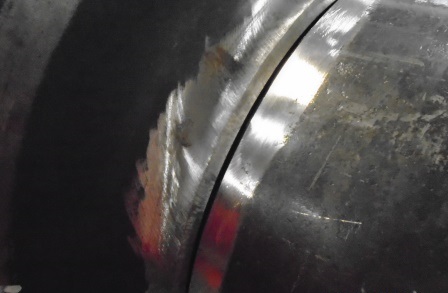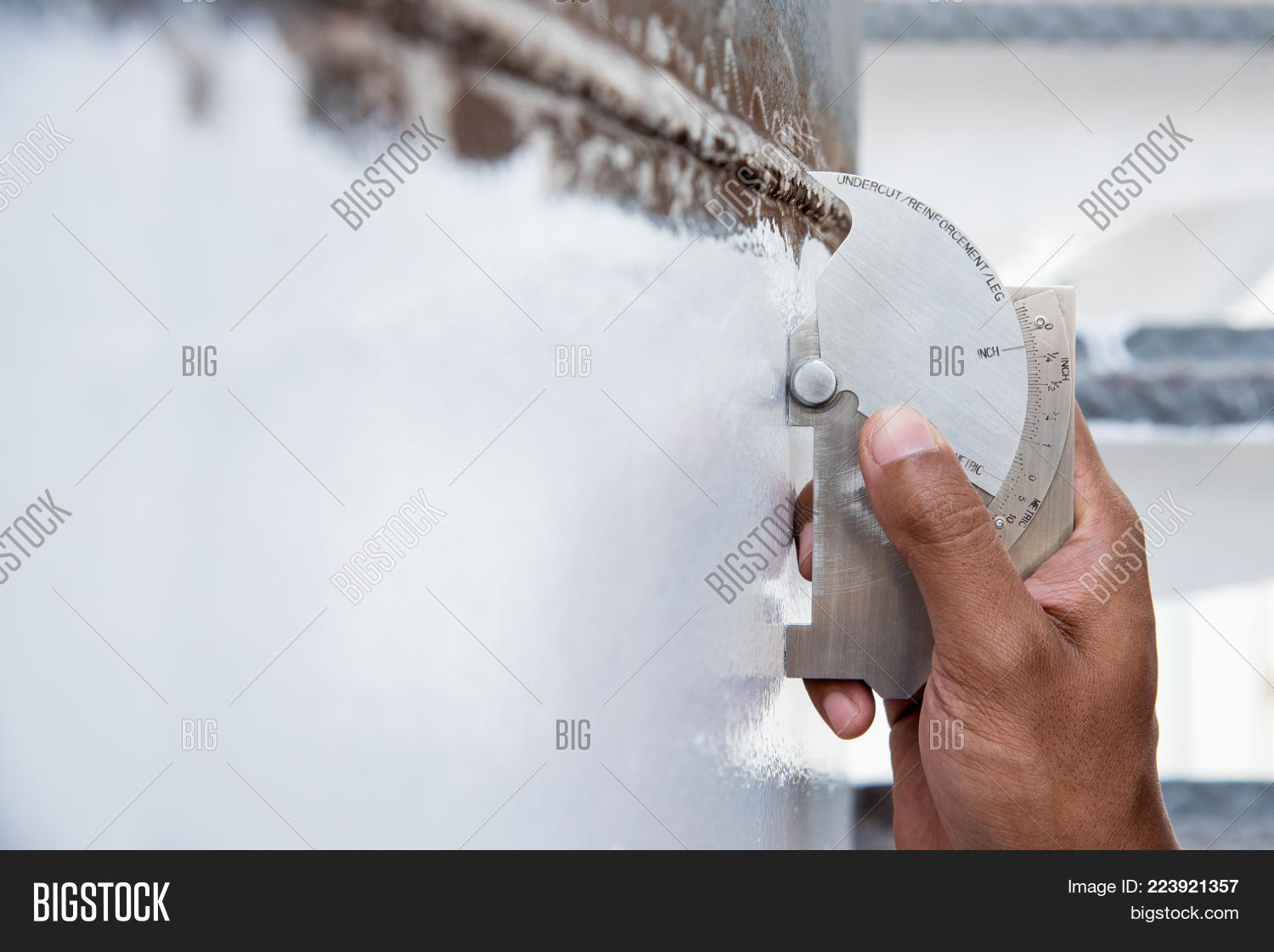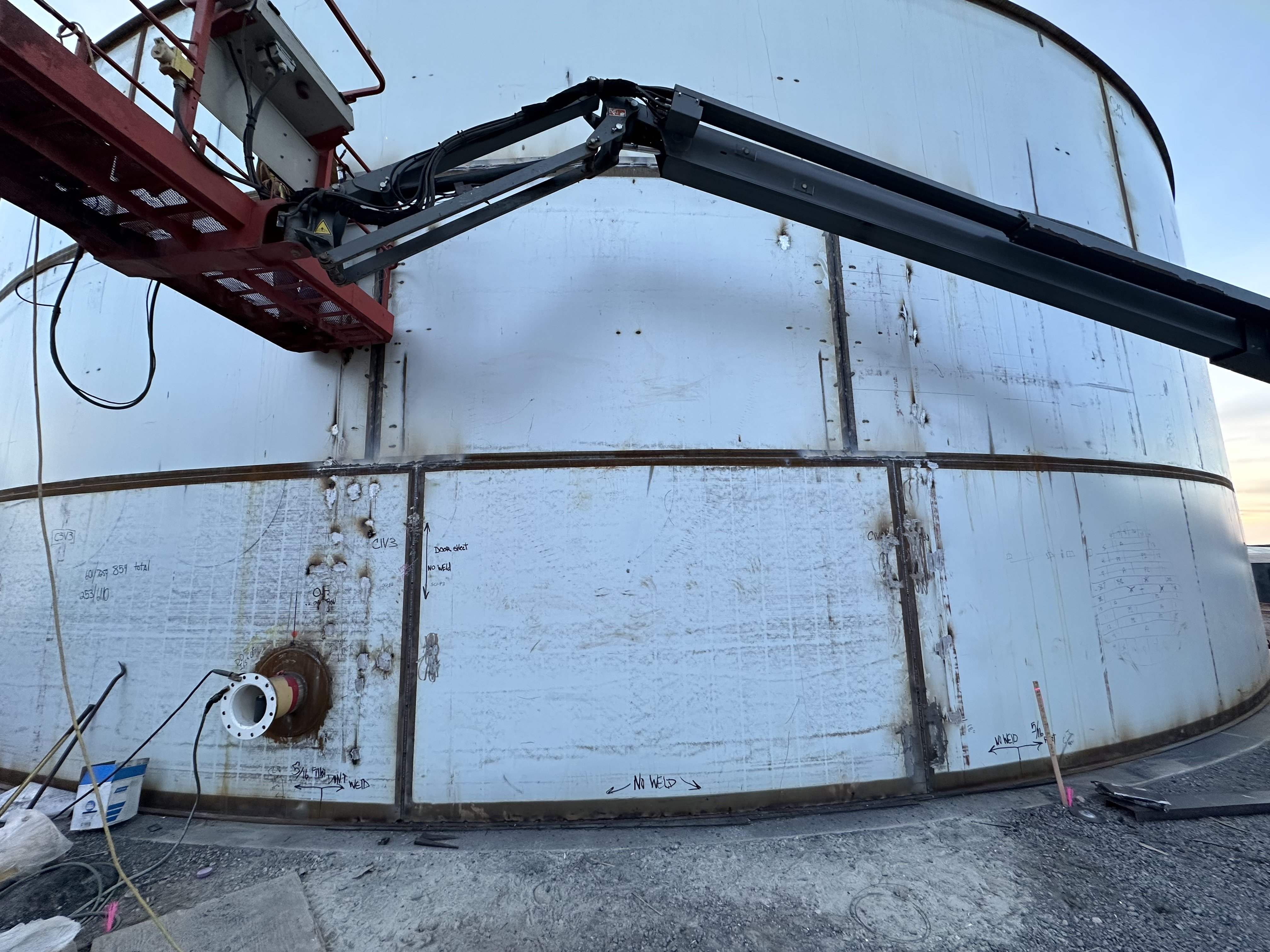Comprehensive Guide to Tank Welding Inspection for Safety And Security and Top quality
Comprehensive Guide to Tank Welding Inspection for Safety And Security and Top quality
Blog Article
An In-depth Summary of Container Welding Evaluation Standards and Methodologies for Improved Weld High Quality and Efficiency
The importance of welding assessment criteria in the manufacturing of storage tanks can not be overemphasized, as they offer as the foundation for making sure weld integrity and operational reliability. Various inspection strategies, consisting of visual evaluations and advanced non-destructive testing methods, are important in identifying potential imperfections that can jeopardize performance.
Significance of Welding Evaluation Standards

Welding examination requirements include an array of criteria, consisting of product requirements, welding procedures, and certifications of employees associated with the welding procedure. By enforcing these requirements, organizations can systematically determine and fix prospective problems, consequently minimizing the probability of costly repair work or disastrous failures. Moreover, extensive examination techniques cultivate a culture of accountability and accuracy, urging welders to preserve high levels of craftsmanship.

Typical Welding Assessment Techniques


Ultrasonic Testing (UT) is another prevalent technique, making use of high-frequency acoustic waves to detect internal defects that might not show up externally. This approach is specifically effective for identifying gaps or additions within the weld metal. Magnetic Fragment Testing (MT) is likewise widely made use of, specifically for ferromagnetic materials, as it exposes surface and near-surface flaws through the application of magnetic areas and ferrous bits.
In Addition, Fluid Penetrant Screening (PT) spots surface-breaking issues by applying a penetrant to the weld and after that making use of a developer to extract the penetrant. Each of these strategies adds to a detailed assessment strategy, guaranteeing that welds satisfy the stringent high quality requirements called for in container construction.
Governing Standards and Conformity
Governing criteria and conformity are essential parts in making sure the safety and dependability of welded frameworks in container building and construction - Tank Welding Inspection. These criteria serve to establish minimum needs for product properties, welding procedures, and inspection practices, thereby minimizing the risk of architectural failings and improving overall performance
Key companies, such as the American Society of Mechanical Engineers (ASME) and the American Welding Society (AWS), provide standards that are extensively embraced in the pop over here market. Compliance with these standards not only makes sure adherence to ideal techniques however also meets legal and legal responsibilities, safeguarding the passions of stakeholders.
Regulatory bodies typically mandate adherence to certain codes, such as ASME Code Section IX for welding certifications and API 650 for bonded containers. These codes outline needs for welding techniques, qualifications of workers, and testing methods to confirm weld integrity.
Normal audits and examinations are vital to keeping compliance, as they assist determine discrepancies from established criteria. Non-compliance can lead to significant fines, job delays, and safety and security hazards. Thus, a robust understanding of regulative criteria and a dedication to compliance are critical in achieving high-quality and long lasting welded container frameworks.
Non-Destructive Testing Techniques
Exactly how can the stability of welded frameworks be assured without creating damage? Non-destructive screening (NDT) techniques supply a robust remedy, making it possible go right here for examiners to assess weld high quality without jeopardizing the product - Tank Welding Inspection. Among the most common NDT strategies are ultrasonic screening (UT), radiographic screening (RT), magnetic particle screening (MT), and dye penetrant testing (PT)
Ultrasonic testing uses high-frequency sound waves to spot internal defects and characterize product residential or commercial properties. It provides accurate measurements and is especially effective for thick materials. Radiographic screening includes passing X-rays or gamma rays with the weld, developing images that reveal architectural defects such as splits or spaces. This method is important for examining the honesty of complicated welds.
Magnetic particle screening is fit for ferromagnetic materials, where electromagnetic fields reveal surface area and near-surface suspensions. Dye penetrant screening uses a fluid dye to highlight surface-breaking imperfections, making it an effective technique for non-porous materials.
Each of these NDT methods has distinct advantages, allowing for thorough assessments tailored to certain products and welding procedures. By carrying out these techniques, sectors can make sure the reliability and safety of welded structures, eventually improving total efficiency.
Enhancing Weld Quality With Evaluation
Efficient evaluation plays an essential duty in enhancing weld top quality, working as a vital checkpoint in the fabrication Find Out More process. By identifying prospective issues early, inspections minimize the threat of endangered structural honesty and make certain compliance with sector standards. Utilizing a combination of aesthetic assessments, non-destructive testing (NDT) techniques, and mechanical analyses, examiners can find concerns such as porosity, splits, and insufficient blend.
Carrying out a robust evaluation protocol not just enhances the general quality of welds but also cultivates a society of responsibility among welders and fabricators. Normal training and accreditation of assessment workers guarantee that they are geared up with the essential abilities to recognize and resolve potential issues properly. This aggressive technique reduces rework and associated costs, ultimately adding to predict effectiveness.
Additionally, detailed documents of assessment findings offers beneficial insights right into persisting concerns, helping with constant enhancement in welding techniques. By leveraging innovative modern technologies, such as automated ultrasonic testing or digital radiography, weld high quality can be boosted via much more precise assessments. Finally, a rigorous assessment process is essential in accomplishing top quality welds, making certain safety and security, reliability, and long life in storage tank manufacture.
Conclusion
To conclude, the application of rigorous tank welding examination standards and techniques is vital for ensuring weld integrity and performance. By using a combination of visual inspections, non-destructive screening approaches, and adherence to regulative requirements, companies can effectively recognize and reduce possible problems. Cultivating a society of liability amongst welders better boosts the top quality of welding processes. Eventually, these practices add to lowered structural failures, reduced repair prices, and enhanced functional efficiency within the market.
Report this page